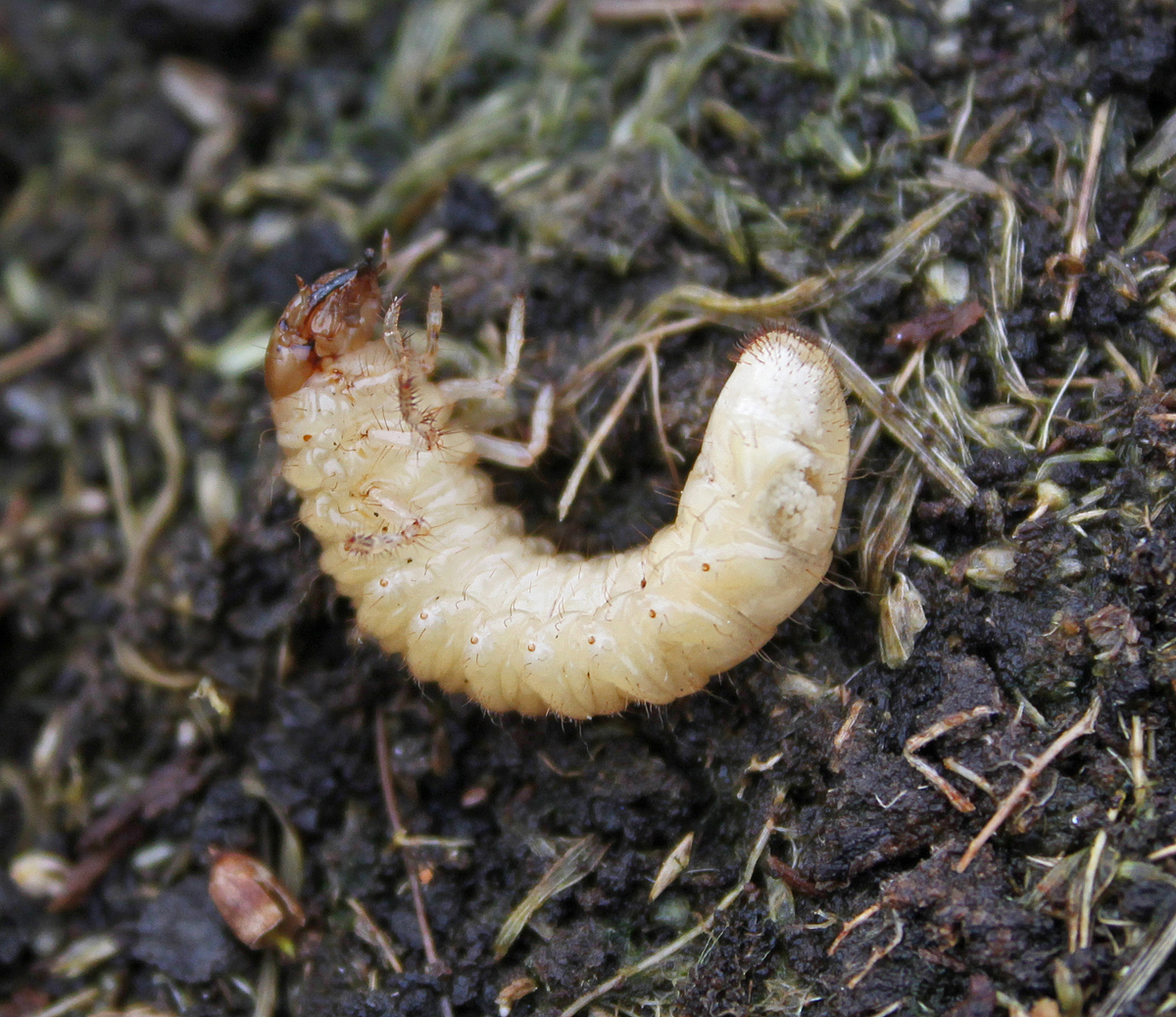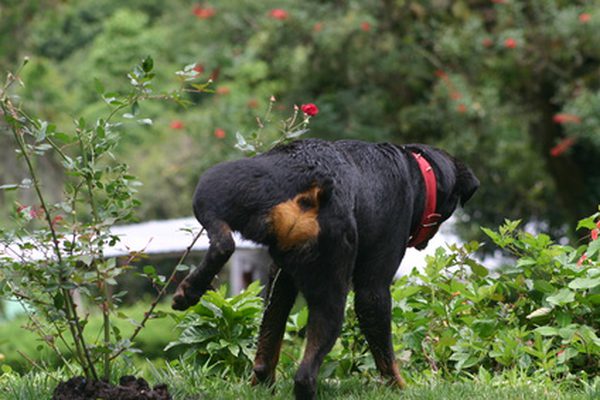Follow
the podcast on


Here we go – it’s spring and people wake up to some troubles with their lawns.
Starlings dig their beaks into the soil and cause “holes” everywhere – some dunnocks (hedge sparrows) follow the starling’s idea.
Grass grubs have always been a “problem” in NZ gardens and lawns. C-shaped grubs that live underground, feeding on roots of grasses and other plants/shrubs.

There are a number of species in the Beetle Family Scarabeidae (scarab beetles) but the native grass grub, Costelytra zealandica, has always been in New Zealand. Its traditional habitat and host plants were native grasses, such as tussocks, and they occur at quite high altitudes.
There is no doubt that these beetles considered the new high-nutrient imported grasses as ice-cream, especially when we started planting whole paddocks full of that stuff!
With all those birds, your lawn becomes a lot more biodiverse – personally, I love that!
Mosses grow as the pH lowers; they are miniature forests in which an enormous range of caterpillars, millipedes, beetles, and flies as well as mites and predators, parasites, and other beneficial critters do their brilliant jobs. Moss in lawns is not really a “problem”.
For those people that want to “restore” their lawn, the best time to “sow” a new lawn (after totally spraying the old grasses and weeds, leaving nothing but a bare soil) is autumn. Of course, you can also get yourself a series of rolled-up turf mats (ready-lawn) or, as I noticed some school principals prefer, create an “all weather” playing field from artificial grass – spare me!
You’ve got it, I really am not impressed with perfect lawns – few ecosystem services, very low biodiversity and far too “sustainable” (to use a much over-used marketing term).
A lawn can have flowers and lots of perennials, a place where you can walk from one end of the garden to the other, a pathway, mowed to low growing and easy to maintain – the kids can play there and birds graze the grubs from under the roots.
It certainly should not be a monoculture of grass plants trimmed to an inch of their life and meticulously cut along the edges.
Imagine a lawn with heaps of flowers, and all you have to do is mow a meandering track through it all.

Other troubles: homeowners let their dogs use the backyard as their own personal toilet. Often after a winter of such potty practice, when the snow melts, you’ll often find your lawn speckled with unsightly yellow patches.

What causes these patches? Dog urine contains a variety of nitrogen compounds. Too much nitrogen will burn the grass and create yellow patches. But appropriate concentrations of nitrogen can actually be beneficial to the lawn, which is why you’ll often see rings of thick dark green grass around the yellow patches. This makes sense since the main ingredient in lawn fertilizer is nitrogen.
The concentration of nitrogen in the dog’s urine depends on the type of dog, its sex, and what the animal eats. Larger dogs will pee more and cause more damage. Female dogs also tend to cause more damage than males because they squat and urinate in one concentrated patch whereas the males spray their urine over a larger area. Diets high in protein can increase the concentration of nitrogen in the urine since protein breaks down to release nitrogen compounds.
LISTEN ABOVE
Take your Radio, Podcasts and Music with you









